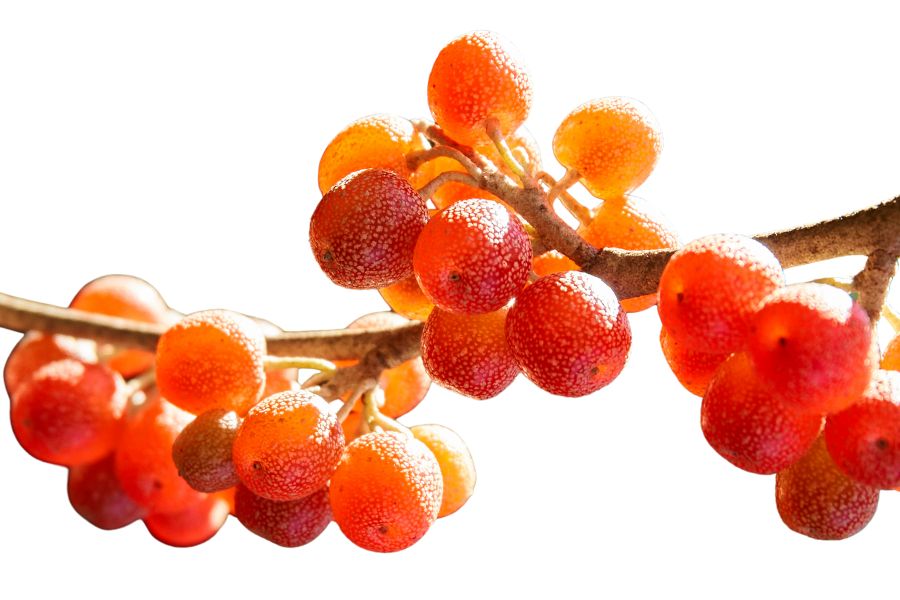Valuable forageables grow across every corner of North Carolina, from the high peaks near the Smokies to the brackish edges of its coastal forests. Jerusalem artichokes grow thick at the edge of fields, and wild blueberries cluster on sunlit ridges in the west.
Many of these plants have uses that go far beyond the plate. Some preserve well, others are used in teas or tinctures, and a few bring a seasonal demand in niche markets. The state’s long history of plant use—from Indigenous knowledge to Appalachian traditions—adds even more value to what grows here naturally.
Once you’ve seen what’s possible in just one region, you’ll start to wonder what else is growing just out of sight. With a little time and attention, you can gather an impressive range of wild edibles without leaving the state. There’s far more variety here than most people realize.
What We Cover In This Article:
- What Makes Foreageables Valuable
- Foraging Mistakes That Cost You Big Bucks
- The Most Valuable Forageables in the State
- Where to Find Valuable Forageables in the State
- When to Forage for Maximum Value
- The extensive local experience and understanding of our team
- Input from multiple local foragers and foraging groups
- The accessibility of the various locations
- Safety and potential hazards when collecting
- Private and public locations
- A desire to include locations for both experienced foragers and those who are just starting out
Using these weights we think we’ve put together the best list out there for just about any forager to be successful!
A Quick Reminder
Before we get into the specifics about where and how to find these plants and mushrooms, we want to be clear that before ingesting any wild plant or mushroom, it should be identified with 100% certainty as edible by someone qualified and experienced in mushroom and plant identification, such as a professional mycologist or an expert forager. Misidentification can lead to serious illness or death.
All plants and mushrooms have the potential to cause severe adverse reactions in certain individuals, even death. If you are consuming wild foragables, it is crucial to cook them thoroughly and properly and only eat a small portion to test for personal tolerance. Some people may have allergies or sensitivities to specific mushrooms and plants, even if they are considered safe for others.
The information provided in this article is for general informational and educational purposes only. Foraging involves inherent risks.
What Makes Foreageables Valuable
Some wild plants, mushrooms, and natural ingredients can be surprisingly valuable. Whether you’re selling them or using them at home, their worth often comes down to a few key things:
The Scarcer the Plant, the Higher the Demand
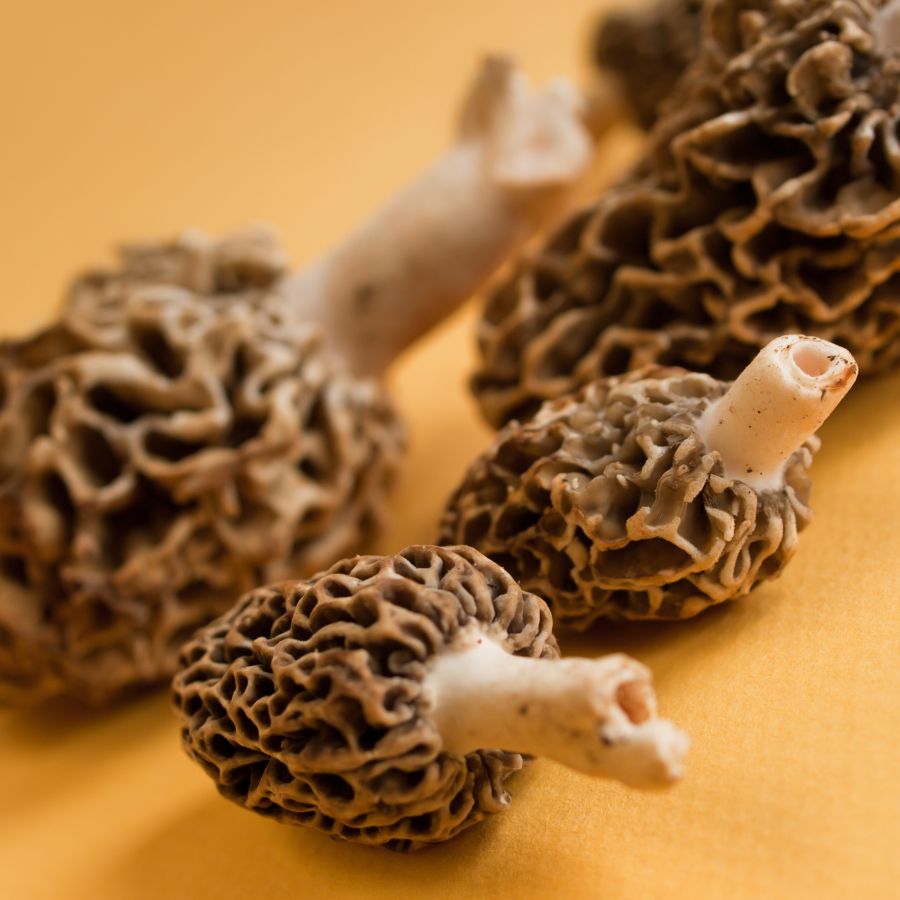
Some valuable forageables only show up for a short time each year, grow in hard-to-reach areas, or are very difficult to cultivate. That kind of rarity makes them harder to find and more expensive to buy.
Morels, truffles, and ramps are all good examples of this. They’re popular, but limited access and short growing seasons mean people are often willing to pay more.
A good seasonal foods guide can help you keep track of when high-value items appear.
High-End Dishes Boost the Value of Ingredients
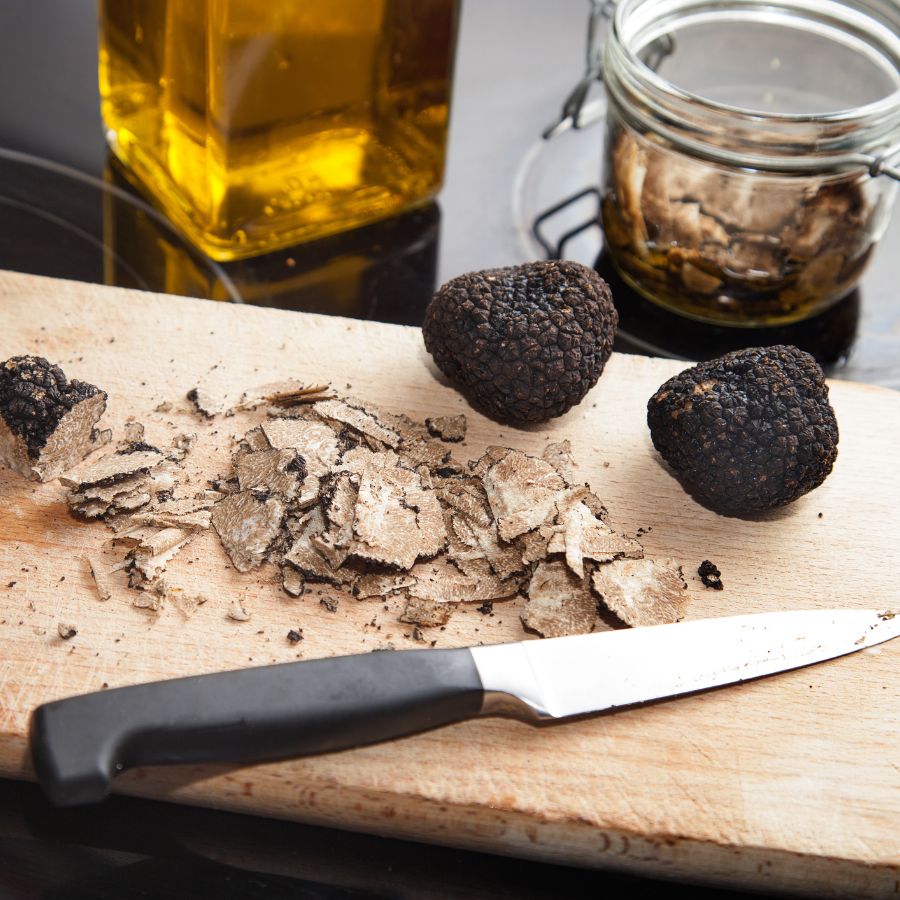
Wild ingredients that are hard to find in stores often catch the attention of chefs and home cooks. When something unique adds flavor or flair to a dish, it quickly becomes more valuable.
Truffles, wild leeks, and edible flowers are prized for how they taste and look on a plate. As more people try to include them in special meals, the demand—and the price—tends to rise.
You’ll find many of these among easy-to-identify wild mushrooms or herbs featured in fine dining.
Medicinal and Practical Uses Drive Forageable Prices Up
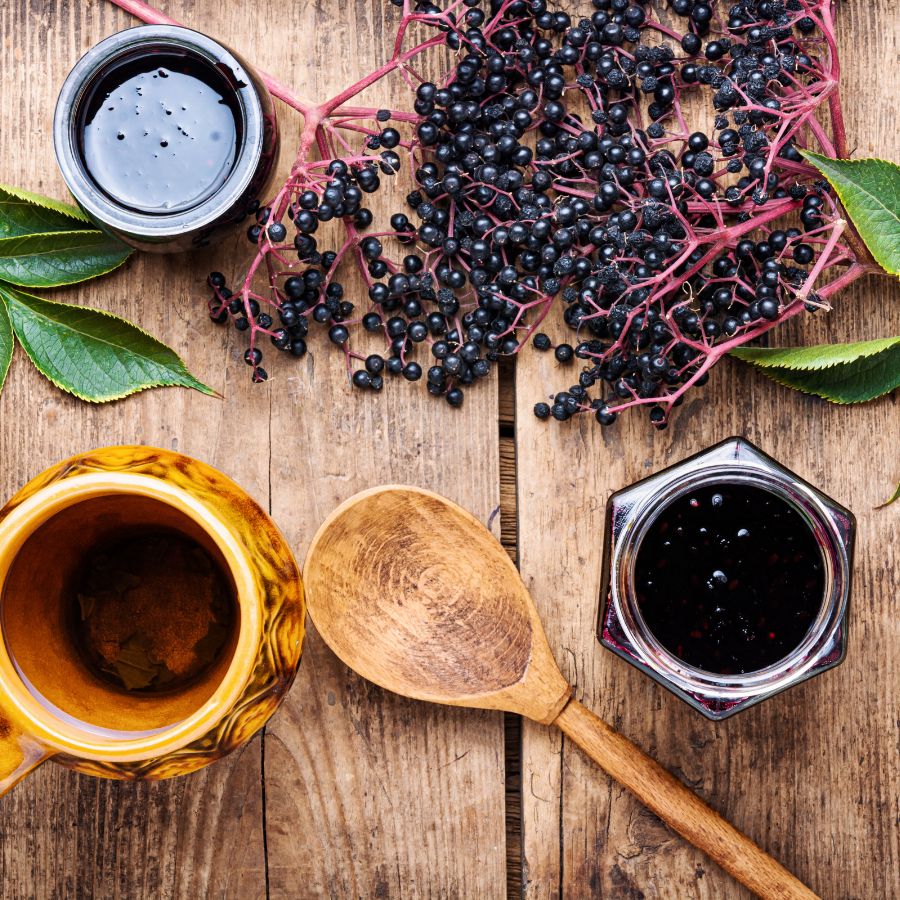
Plants like ginseng, goldenseal, and elderberries are often used in teas, tinctures, and home remedies. Their value comes from how they support wellness and are used repeatedly over time.
These plants are not just ingredients for cooking. Because people turn to them for ongoing use, the demand stays steady and the price stays high.
The More Work It Takes to Harvest, the More It’s Worth
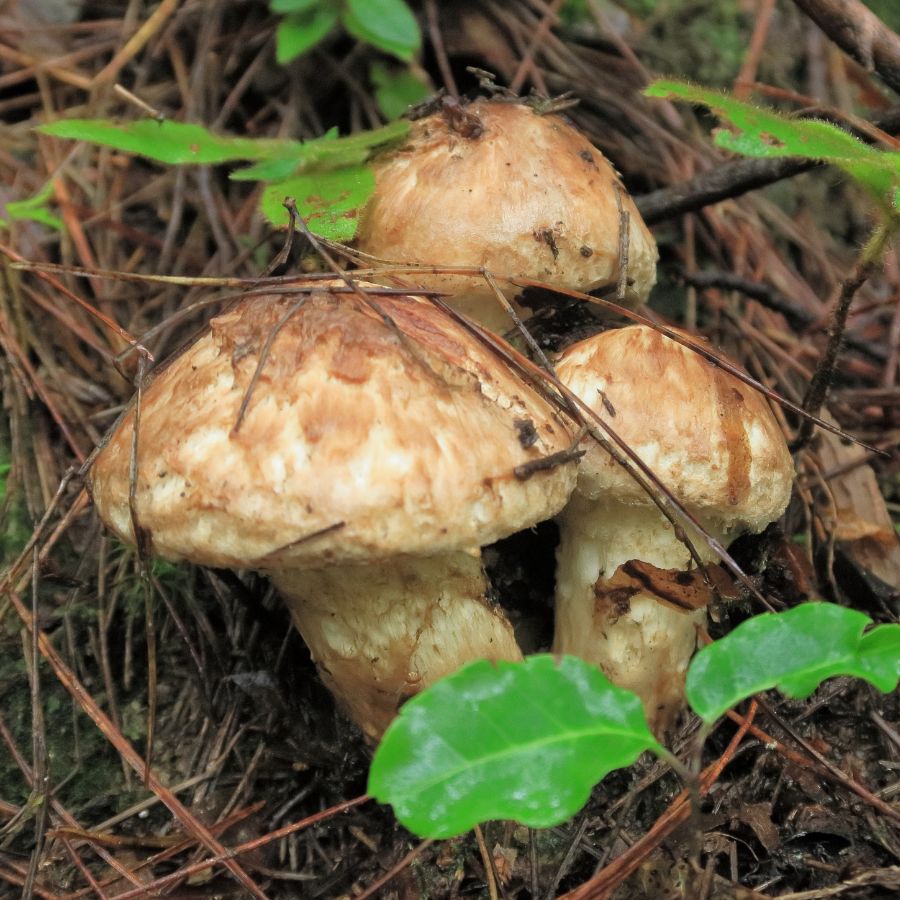
Forageables that are hard to reach or tricky to harvest often end up being more valuable. Some grow in dense forests, need careful digging, or have to be cleaned and prepared before use.
Matsutake mushrooms are a good example, because they grow in specific forest conditions and are hard to spot under layers of leaf litter. Wild ginger and black walnuts, meanwhile, both require extra steps for cleaning and preparation before they can be used or sold.
All of that takes time, effort, and experience. When something takes real work to gather safely, buyers are usually willing to pay more for it.
Foods That Keep Well Are More Valuable to Buyers
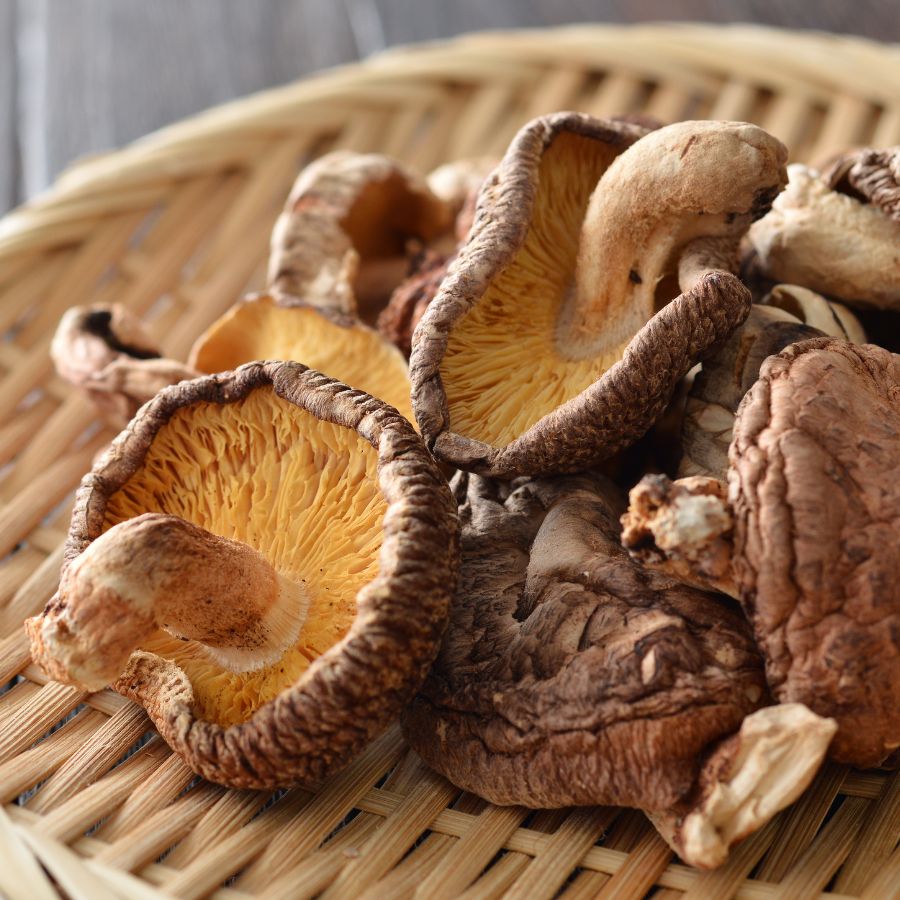
Some forageables, like dried morels or elderberries, can be stored for months without losing their value. These longer-lasting items are easier to sell and often bring in more money over time.
Others, like wild greens or edible flowers, have a short shelf life and need to be used quickly. Many easy-to-identify wild greens and herbs are best when fresh, but can be dried or preserved to extend their usefulness.
A Quick Reminder
Before we get into the specifics about where and how to find these mushrooms, we want to be clear that before ingesting any wild mushroom, it should be identified with 100% certainty as edible by someone qualified and experienced in mushroom identification, such as a professional mycologist or an expert forager. Misidentification of mushrooms can lead to serious illness or death.
All mushrooms have the potential to cause severe adverse reactions in certain individuals, even death. If you are consuming mushrooms, it is crucial to cook them thoroughly and properly and only eat a small portion to test for personal tolerance. Some people may have allergies or sensitivities to specific mushrooms, even if they are considered safe for others.
The information provided in this article is for general informational and educational purposes only. Foraging for wild mushrooms involves inherent risks.
Foraging Mistakes That Cost You Big Bucks
When you’re foraging for high-value plants, mushrooms, or other wild ingredients, every decision matters. Whether you’re selling at a farmers market or stocking your own pantry, simple mistakes can make your harvest less valuable or even completely worthless.
Harvesting at the Wrong Time
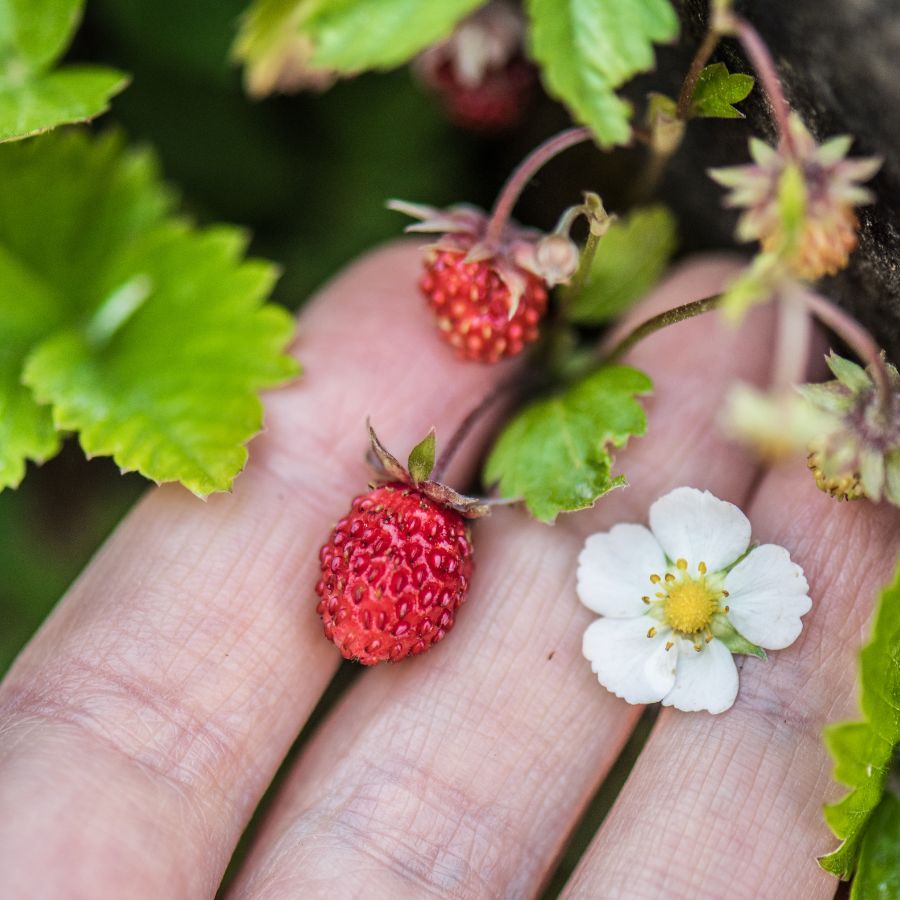
Harvesting at the wrong time can turn a valuable find into something no one wants. Plants and mushrooms have a short window when they’re at their best, and missing it means losing quality.
Morels, for example, shrink and dry out quickly once they mature, which lowers their weight and price. Overripe berries bruise in the basket and spoil fast, making them hard to store or sell.
Improper Handling After Harvest
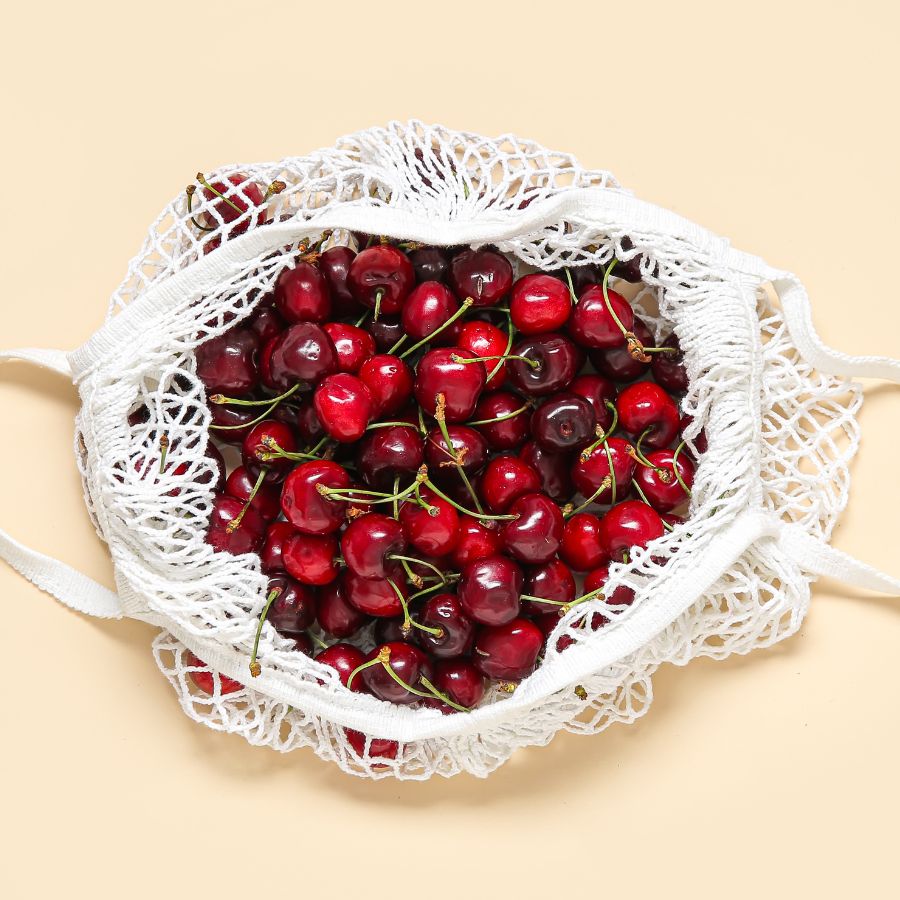
Rough handling can ruin even the most valuable forageables. Crushed mushrooms, wilted greens, and dirty roots lose both their appeal and their price.
Use baskets or mesh bags to keep things from getting smashed and let air circulate. Keeping everything cool and clean helps your harvest stay fresh and look better for longer.
This is especially important for delicate items like wild roots and tubers that need to stay clean and intact.
Skipping Processing Steps
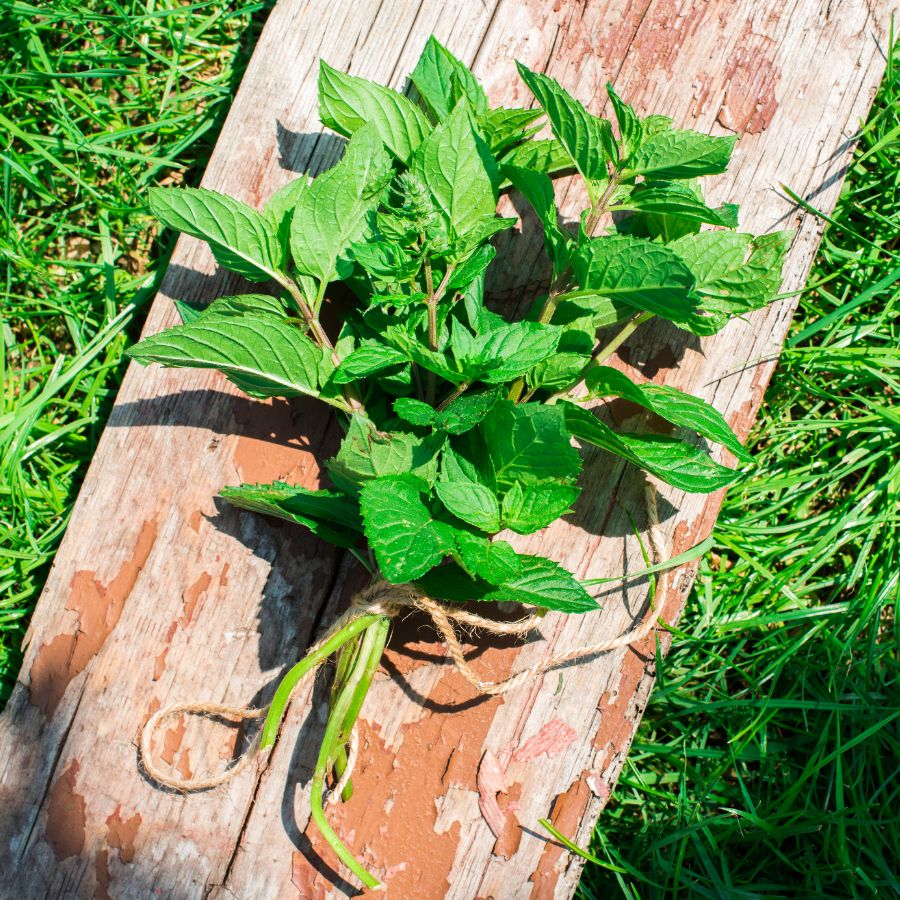
Skipping basic processing steps can cost you money. A raw harvest may look messy, spoil faster, or be harder to use.
For example, chaga is much more valuable when dried and cut properly. Herbs like wild mint or nettle often sell better when bundled neatly or partially dried. If you skip these steps, you may end up with something that looks unappealing or spoils quickly.
Collecting from the Wrong Area
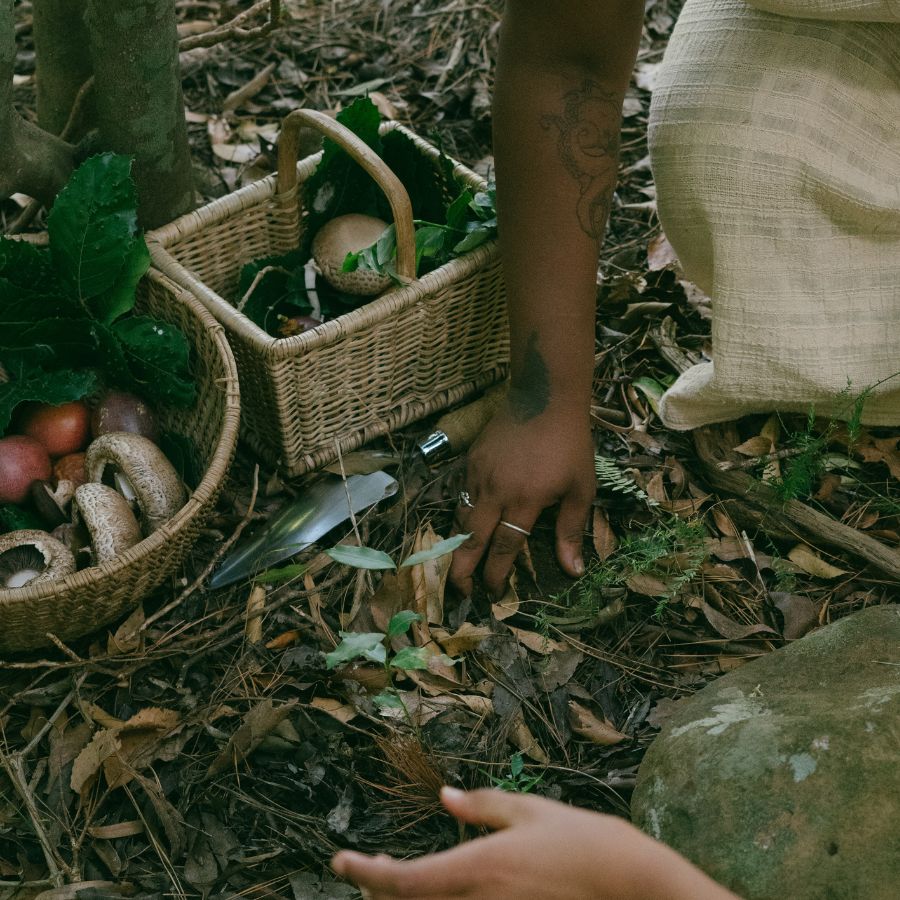
Harvesting in the wrong place can ruin a good find. Plants and mushrooms pulled from roadsides or polluted ground may be unsafe, no matter how fresh they look.
Buyers want to know their food comes from clean, responsible sources. If a spot is known for overharvesting or damage, it can make the whole batch less appealing.
These suburbia foraging tips can help you find overlooked spots that are surprisingly safe and productive.
Not Knowing the Market
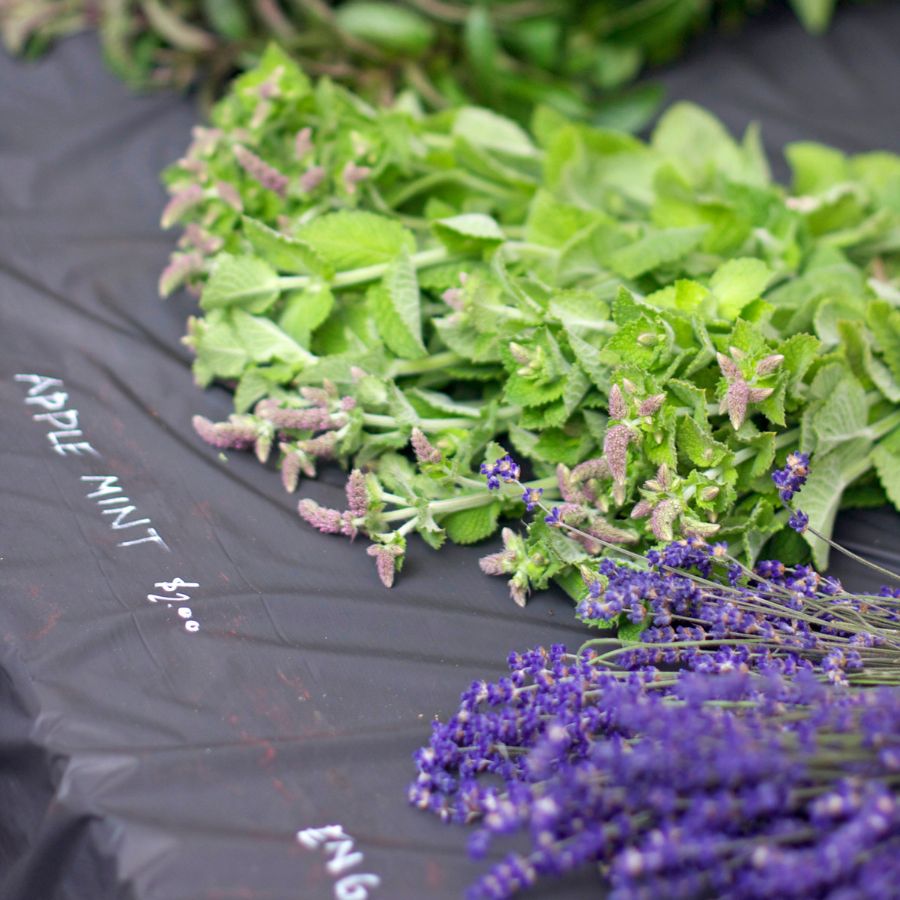
A rare plant isn’t valuable if nobody wants to buy it. If you gather in-demand species like wild ramps or black trumpets, you’re more likely to make a profit. Pay attention to what chefs, herbalists, or vendors are actually looking for.
Foraging with no plan leads to wasted effort and unsold stock. Keeping up with demand helps you bring home a profit instead of a pile of leftovers.
You can also brush up on foraging for survival strategies to identify the most versatile and useful wild foods.
Before you head out
Before embarking on any foraging activities, it is essential to understand and follow local laws and guidelines. Always confirm that you have permission to access any land and obtain permission from landowners if you are foraging on private property. Trespassing or foraging without permission is illegal and disrespectful.
For public lands, familiarize yourself with the foraging regulations, as some areas may restrict or prohibit the collection of mushrooms or other wild foods. These regulations and laws are frequently changing so always verify them before heading out to hunt. What we have listed below may be out of date and inaccurate as a result.
The Most Valuable Forageables in the State
Some of the most sought-after wild plants and fungi here can be surprisingly valuable. Whether you’re foraging for profit or personal use, these are the ones worth paying attention to:
Morel (Morchella spp.)
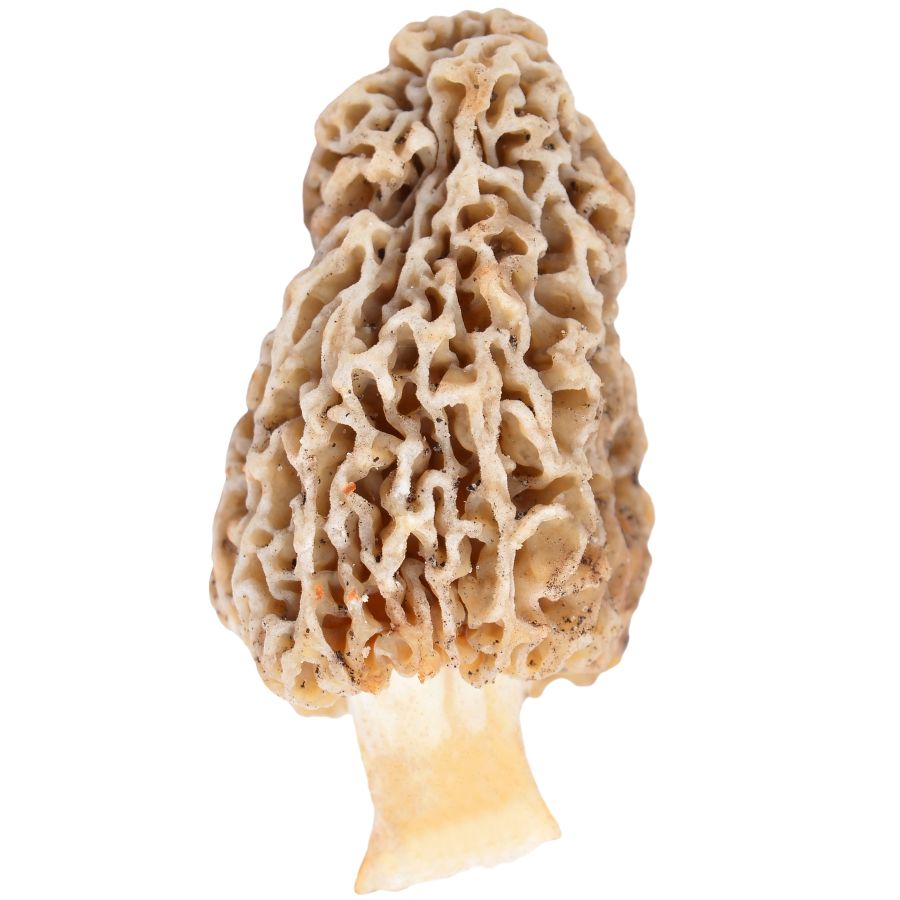
Morel mushrooms have a honeycomb-like surface with deep pits and ridges. The cap is fully attached to the stem, which helps set them apart from dangerous lookalikes like false morels that often have wrinkled, lobed caps and loose or cottony interiors.
The rich, nutty flavor and slightly chewy texture make morels a favorite in high-end kitchens. Many people sauté them in butter, stuff them, or dry them for later use because they hold their flavor extremely well.
Always cook morels thoroughly because raw ones can cause stomach upset, even when they look perfectly normal.
Morels are highly prized by chefs and home cooks, sometimes selling for over $50 per pound fresh and even more when dried.
Part of what makes morels so valuable is how hard they are to cultivate and find. They often grow in specific, unpredictable places, and their short harvesting window drives up both the demand and the price.
Ramp (Allium tricoccum)
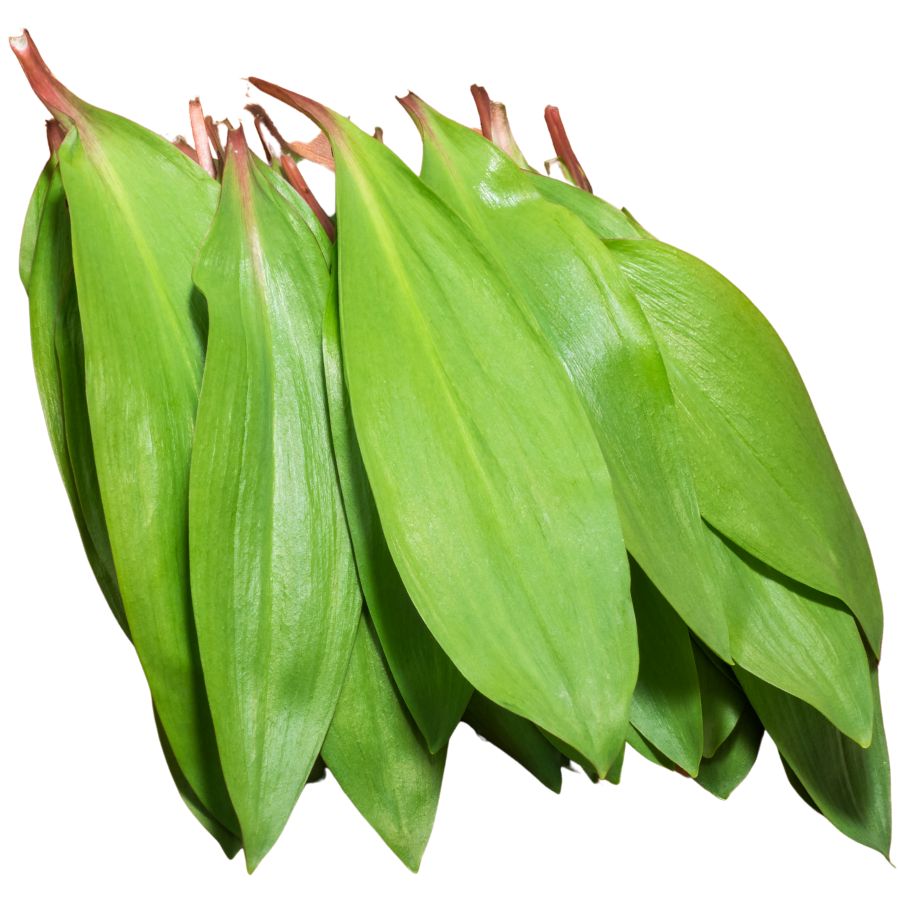
Overview
Chanterelle Mushrooms (Cantharellus spp.)

Overview
Black Trumpet (Craterellus fallax)
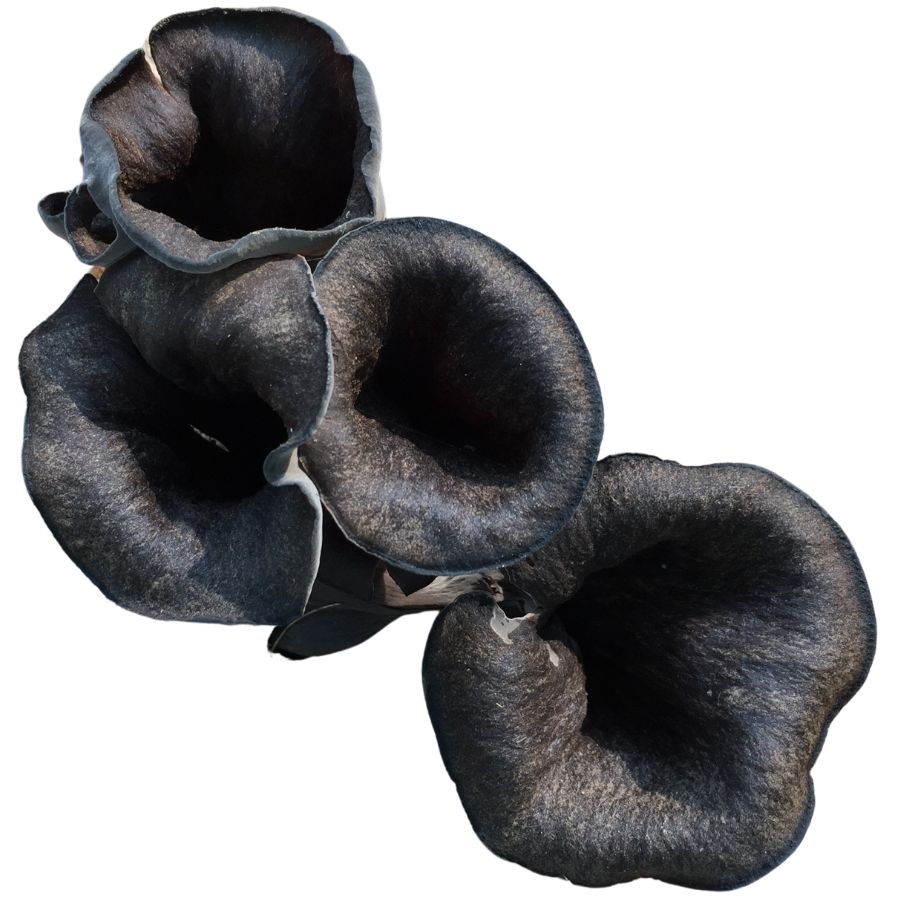
Overview
Hen of the Woods (Grifola frondosa)
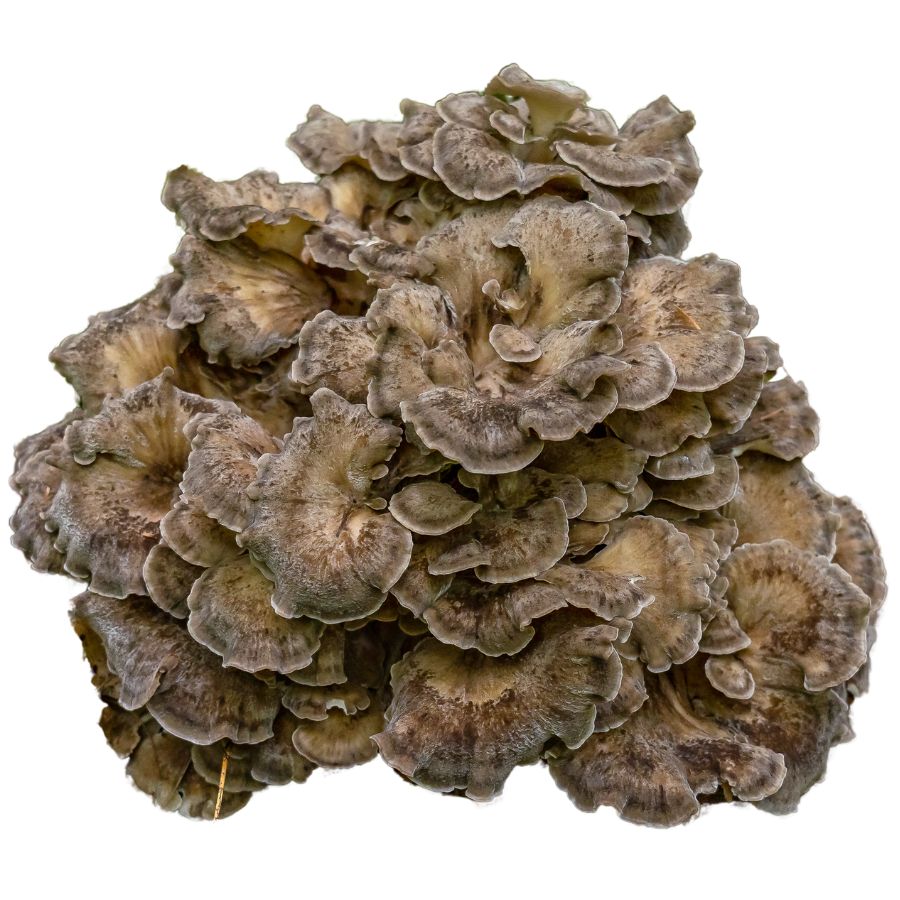
Overview
Elderberry (Sambucus canadensis)
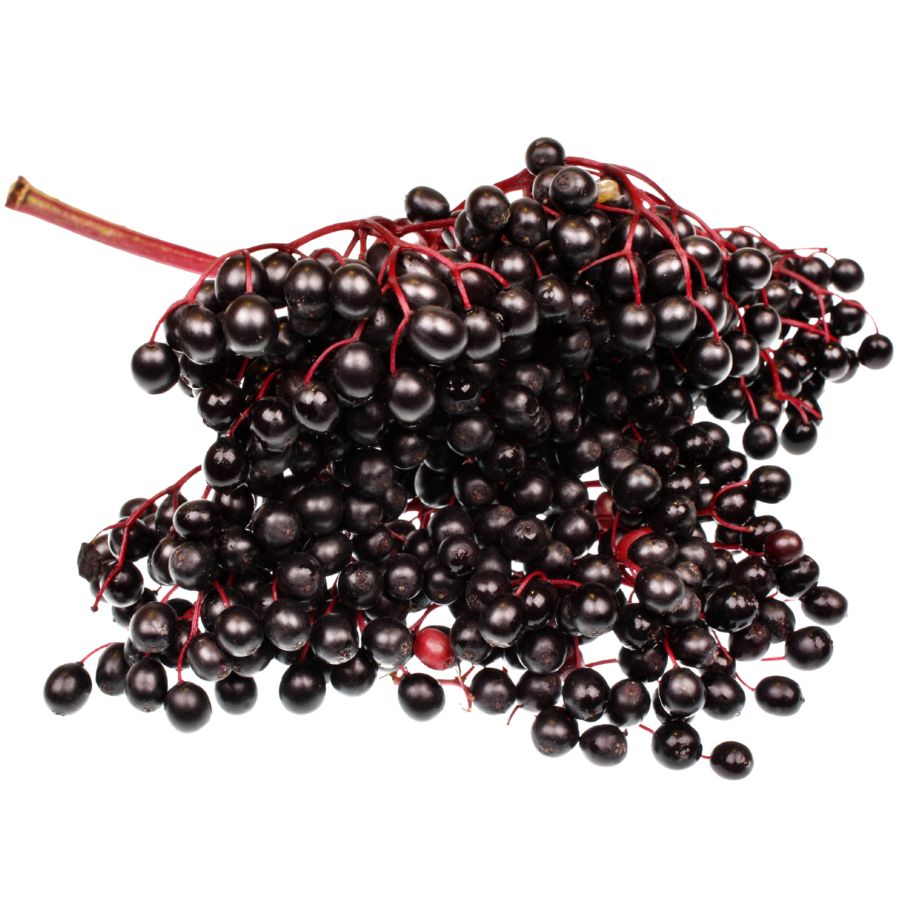
Overview
Groundnut (Apios americana)

Overview
Pawpaw (Asimina triloba)
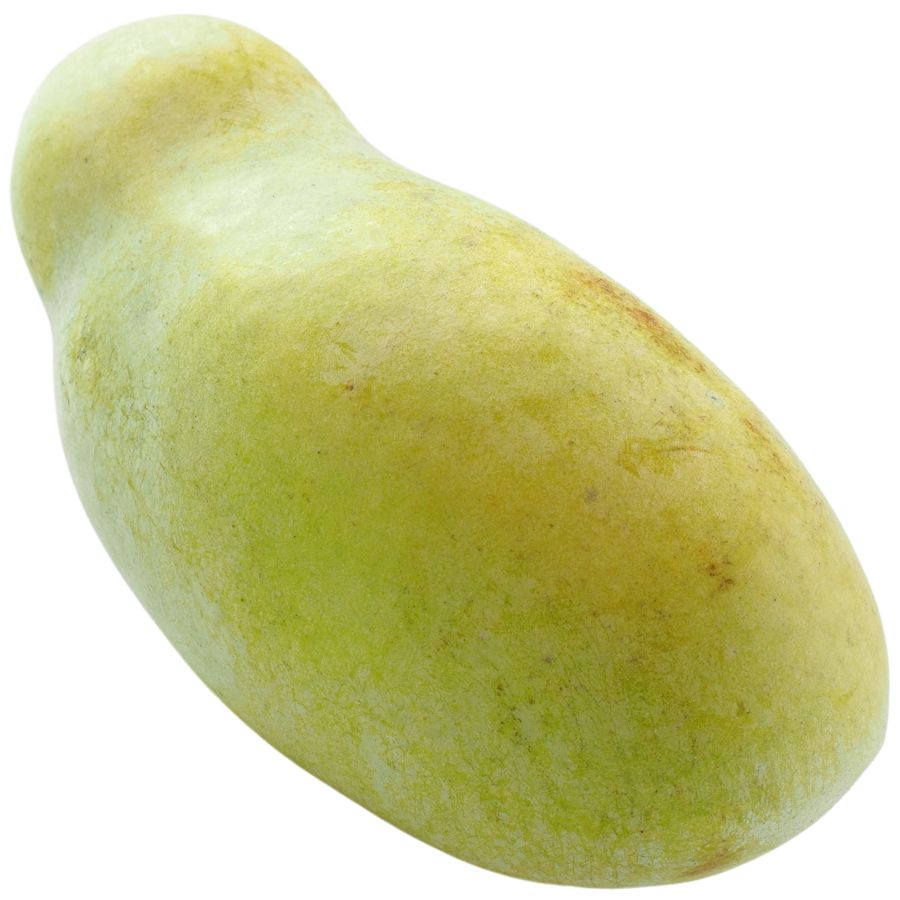
Overview
American Hazelnut (Corylus americana)
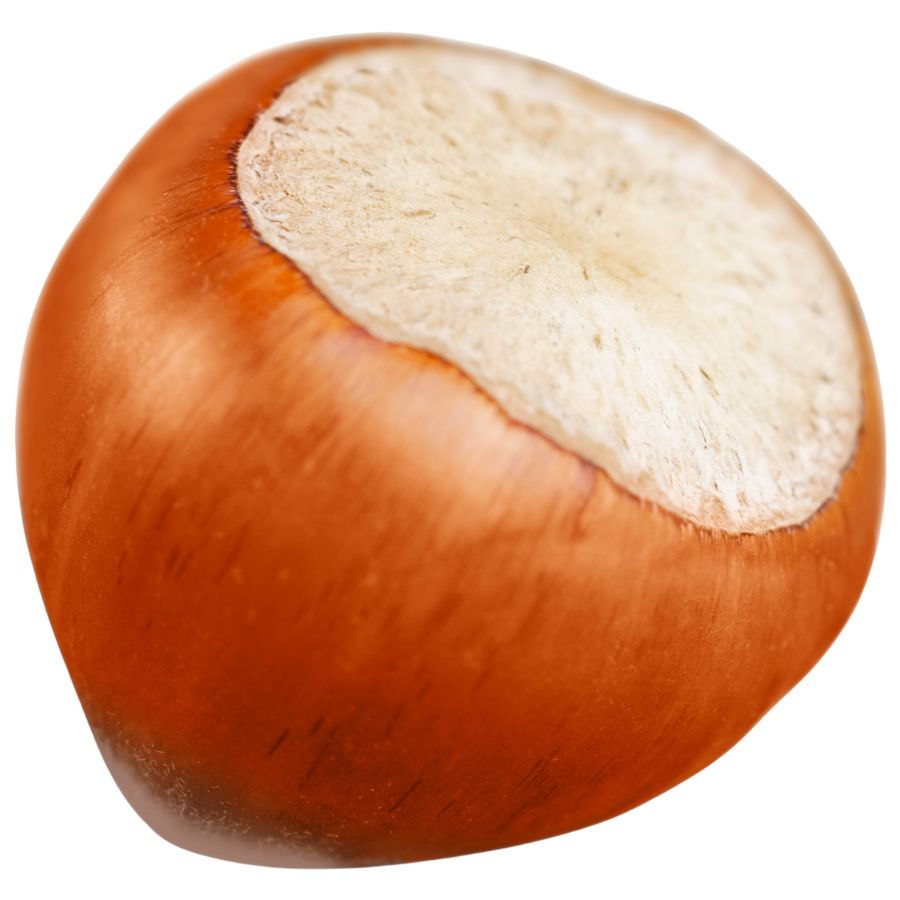
Overview
Black Walnut (Juglans nigra)
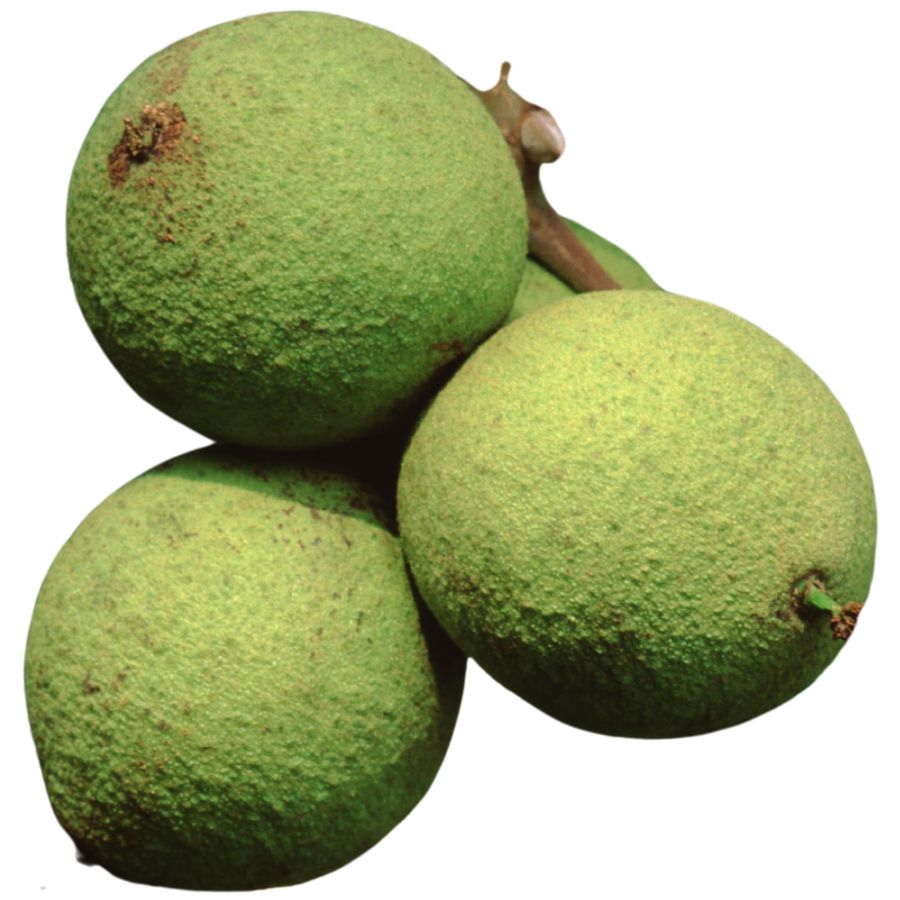
Overview
Spicebush (Lindera benzoin)
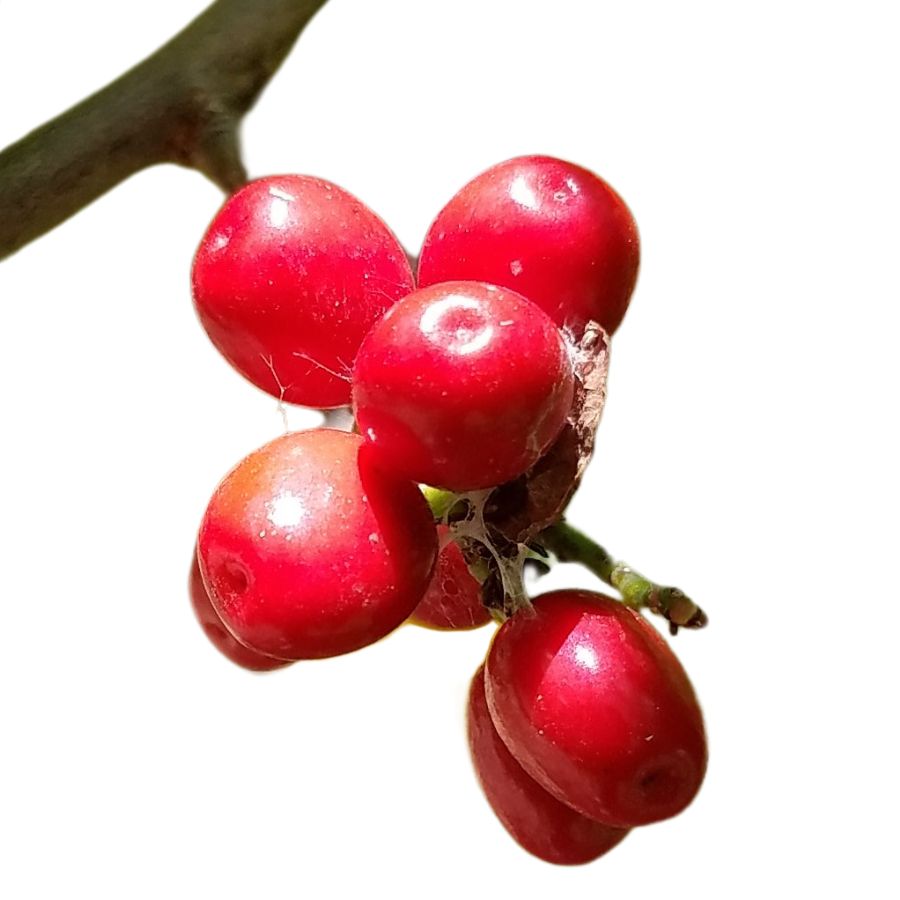
Overview
Wild Strawberry (Fragaria virginiana)
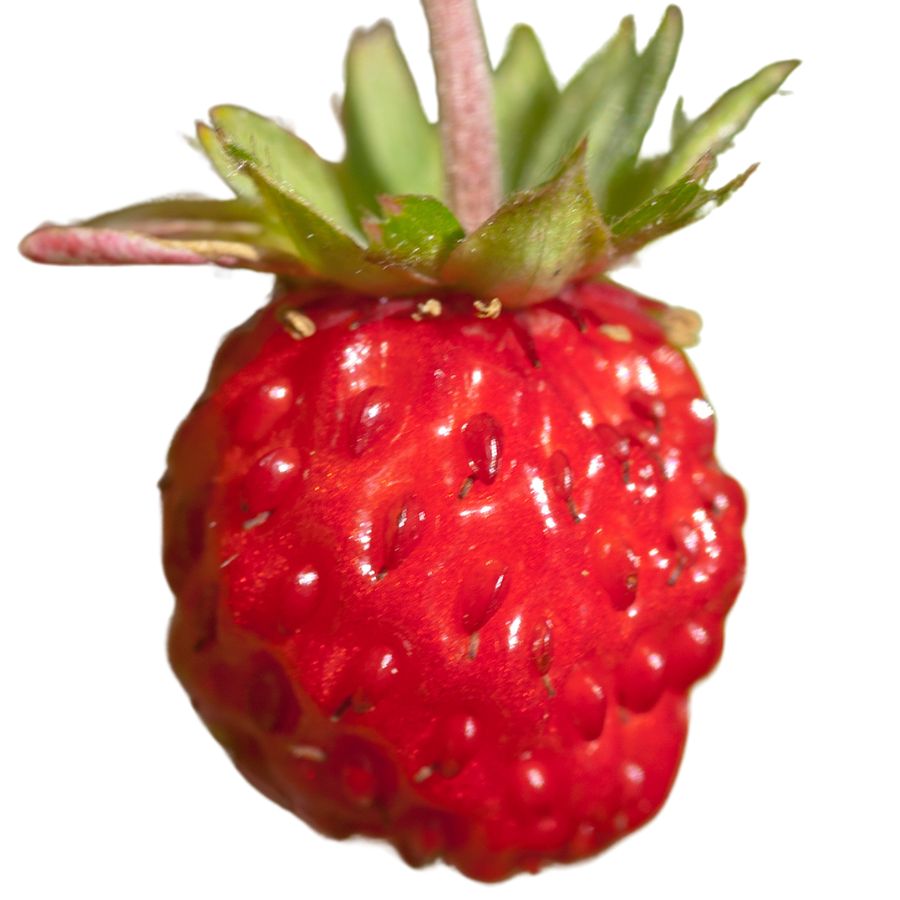
Overview
Wineberry (Rubus phoenicolasius)
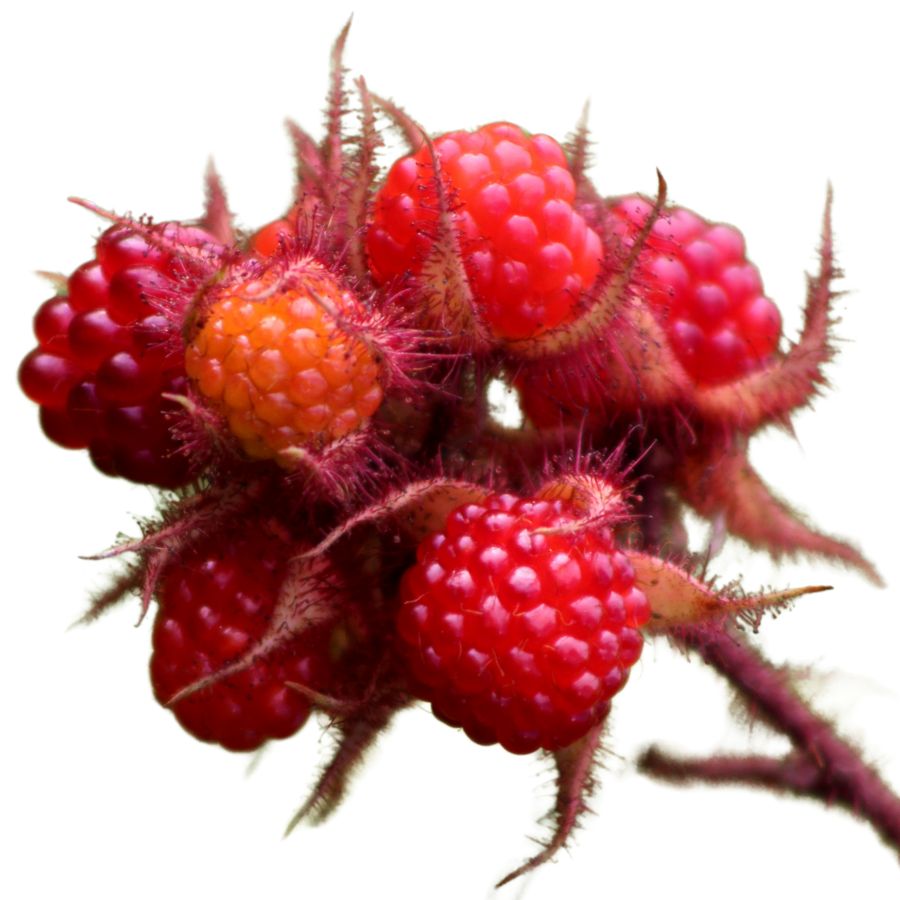
Overview
Black Raspberry (Rubus occidentalis)

Overview
Mulberry (Morus rubra)
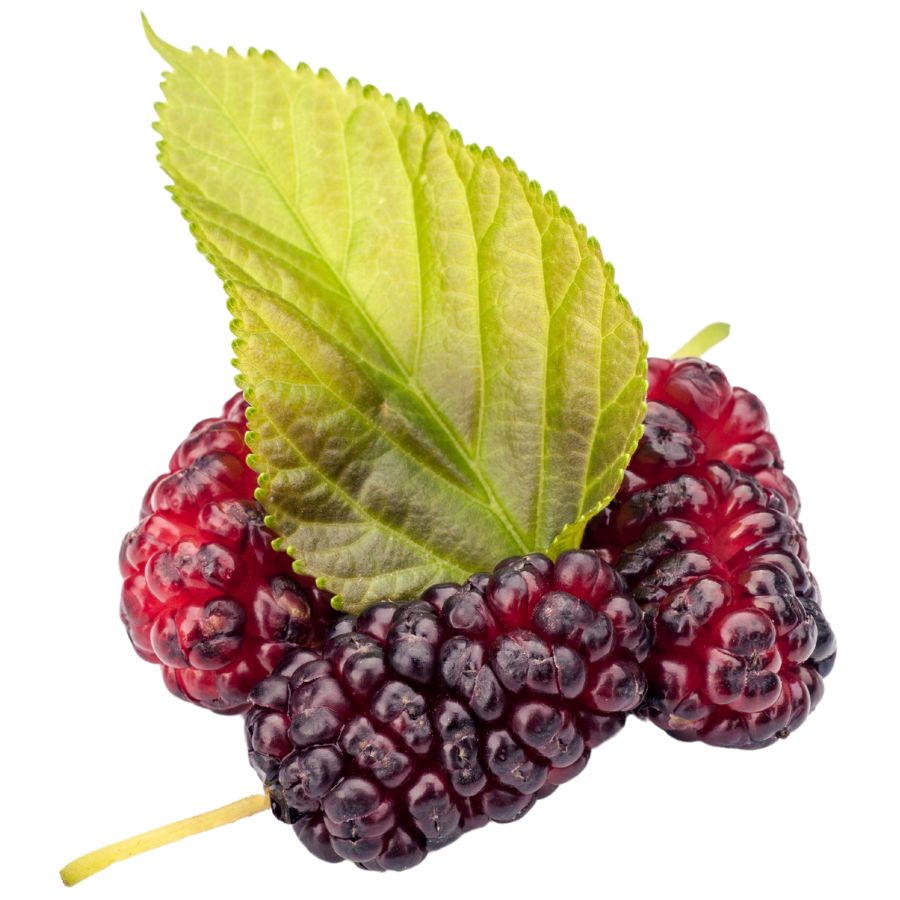
Overview
American Persimmon (Diospyros virginiana)
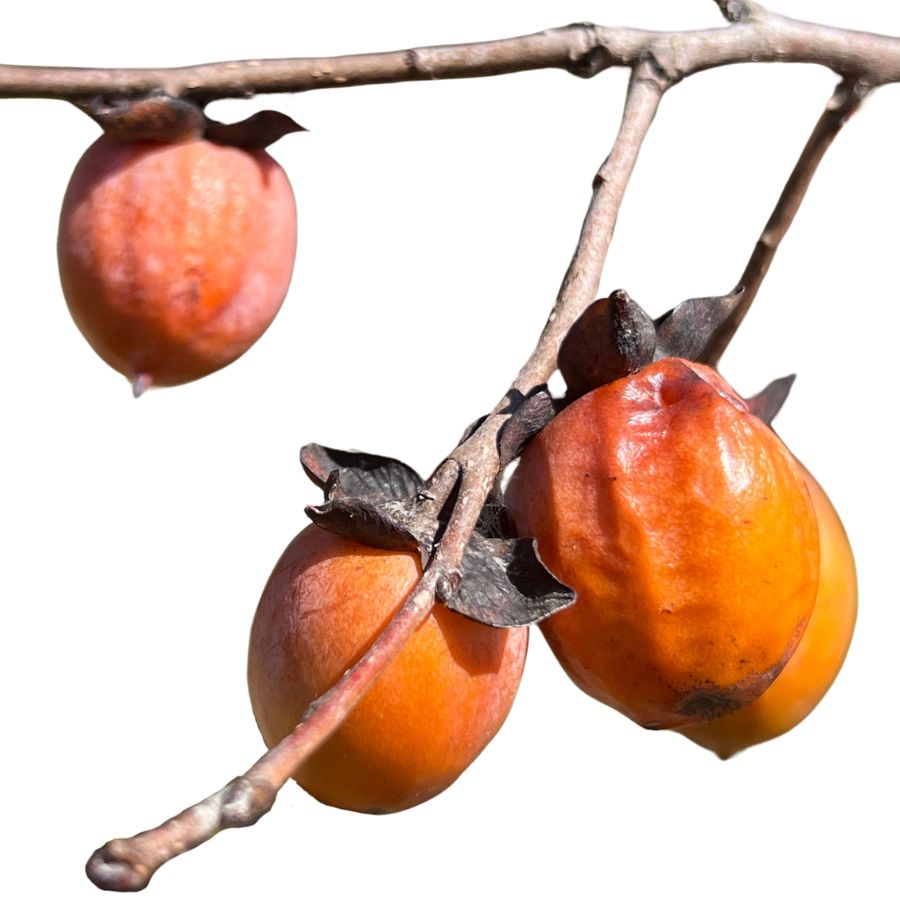
Overview
Milkweed (Asclepias syriaca)
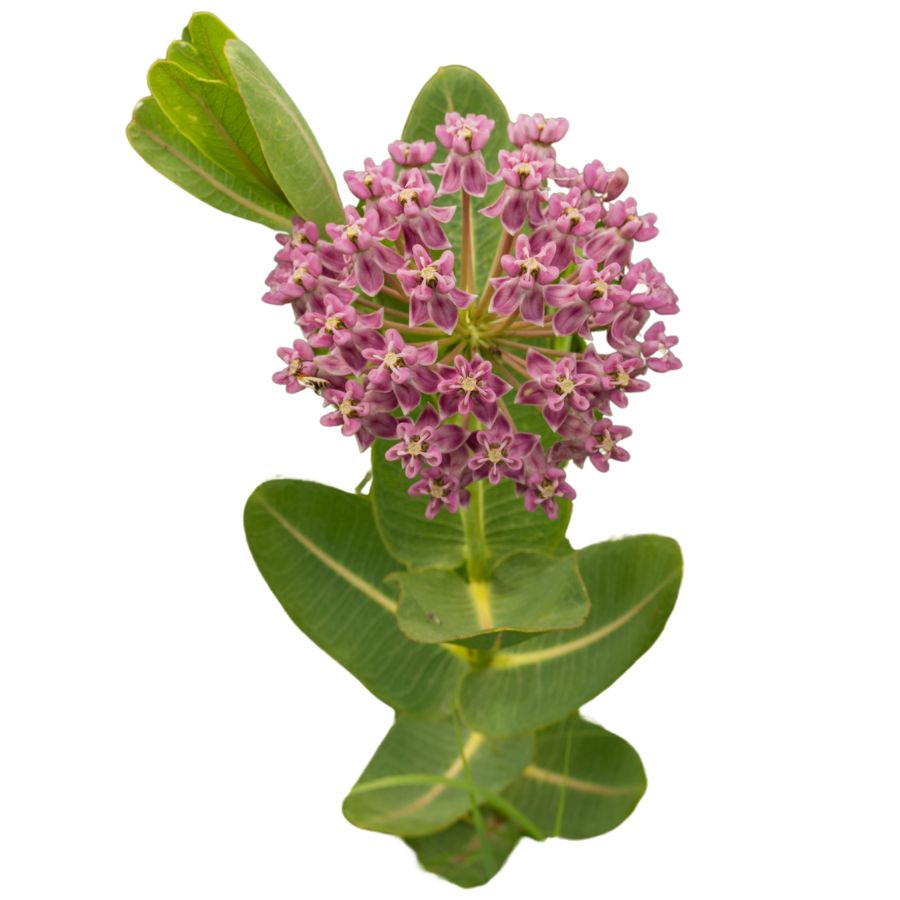
Overview
Jerusalem Artichoke (Helianthus tuberosus)
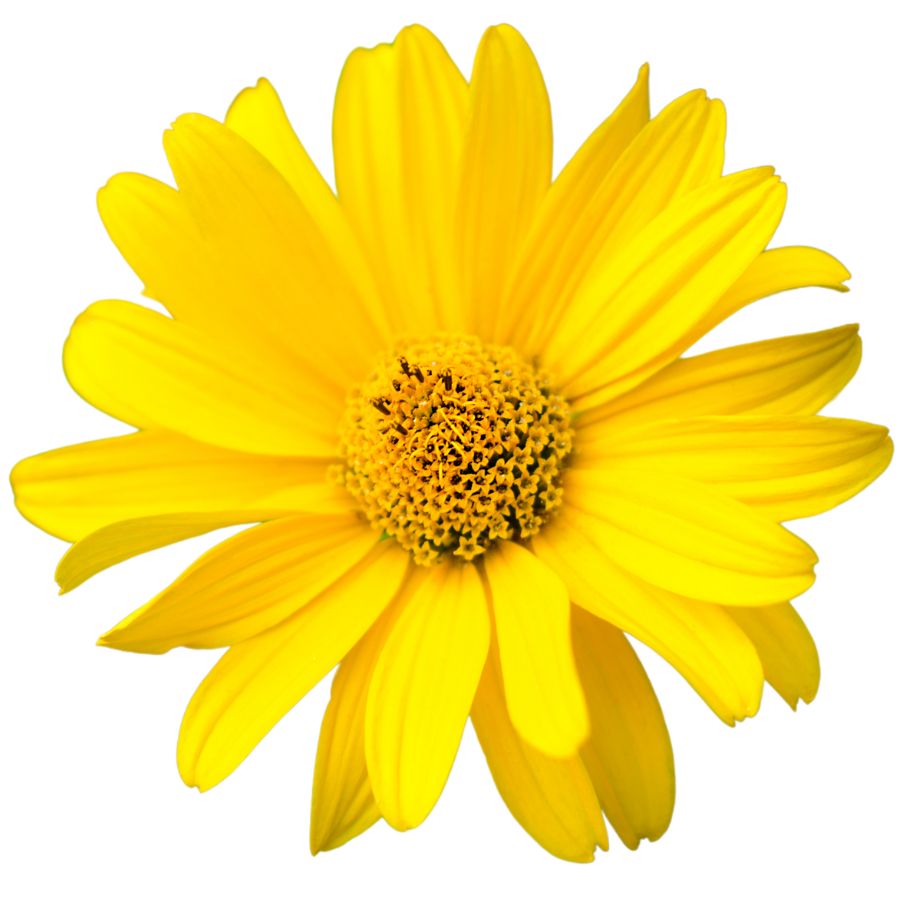
Overview
Hickory Nut (Carya spp.)
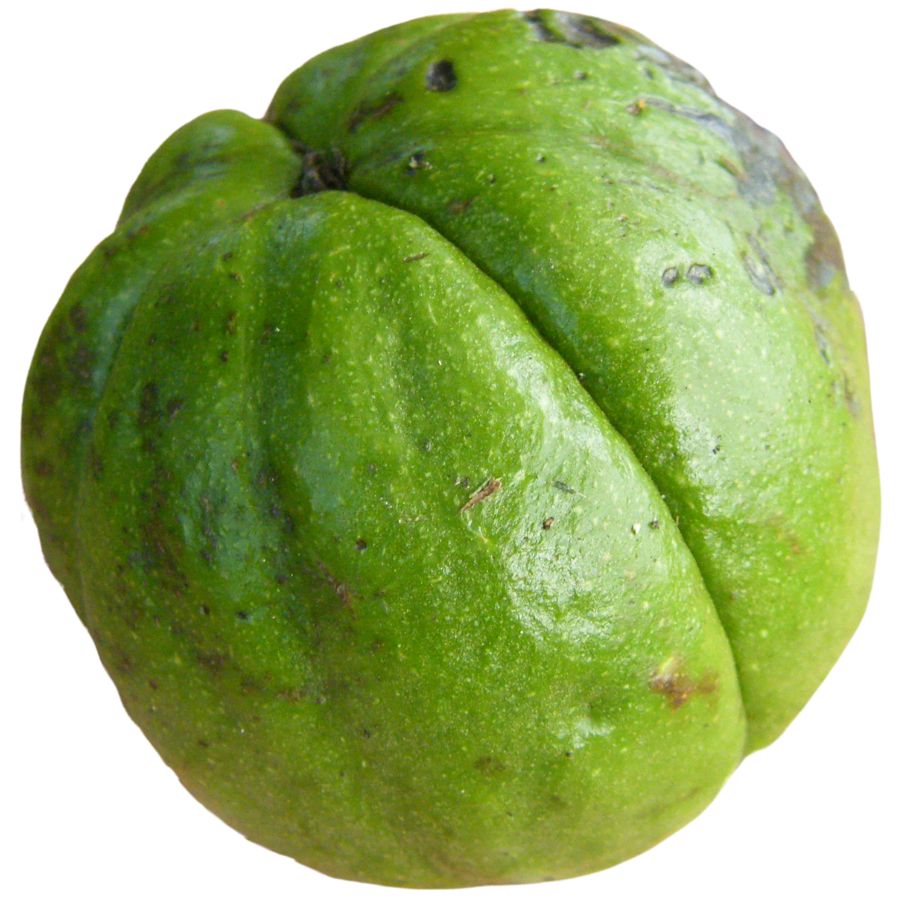
Overview
Redbud (Cercis canadensis)
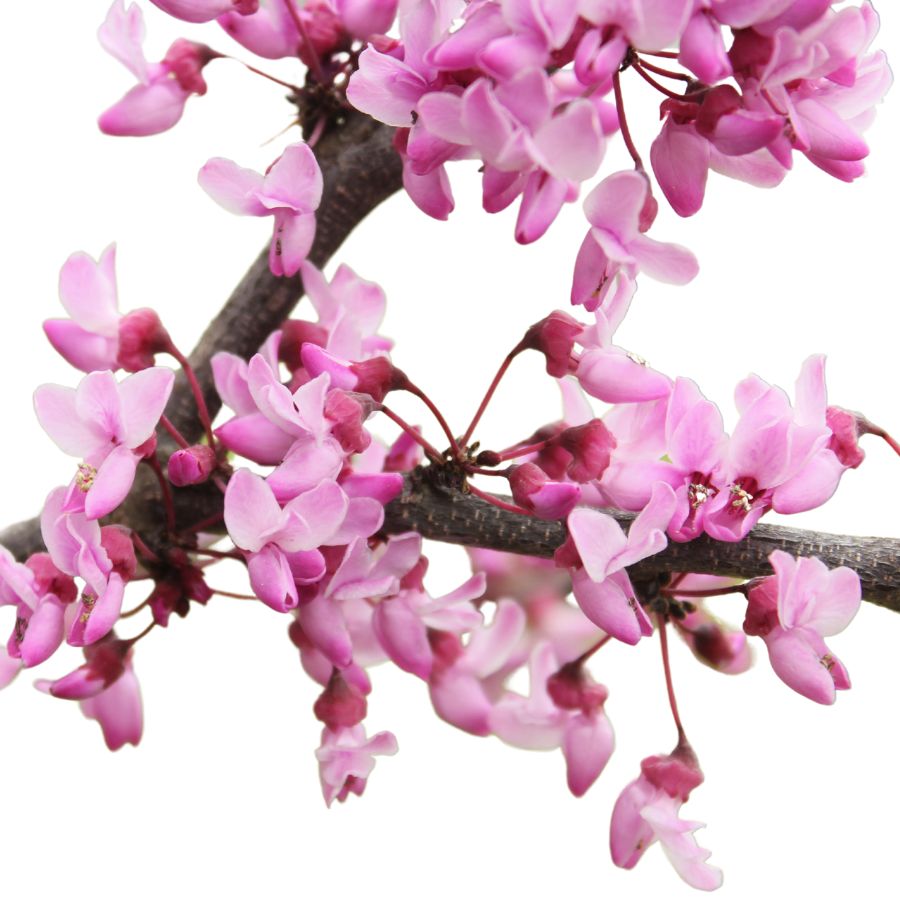
Overview
Autumn Olive (Elaeagnus umbellata)
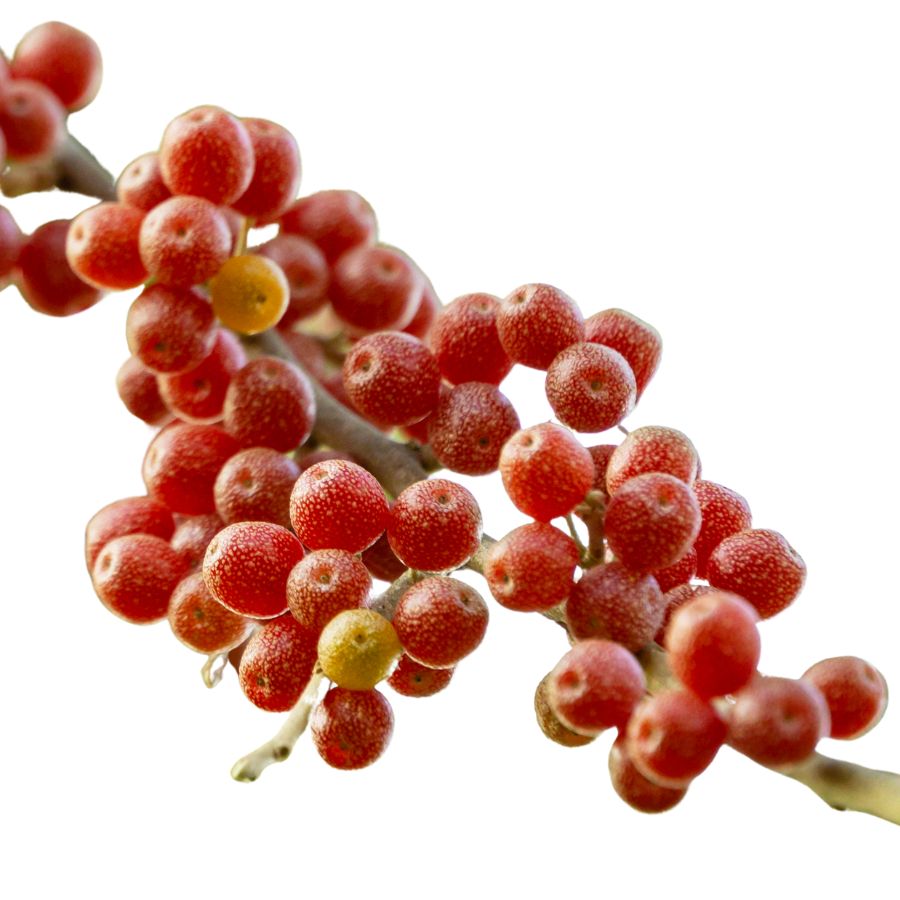
Overview
Toothwort (Cardamine concatenata)
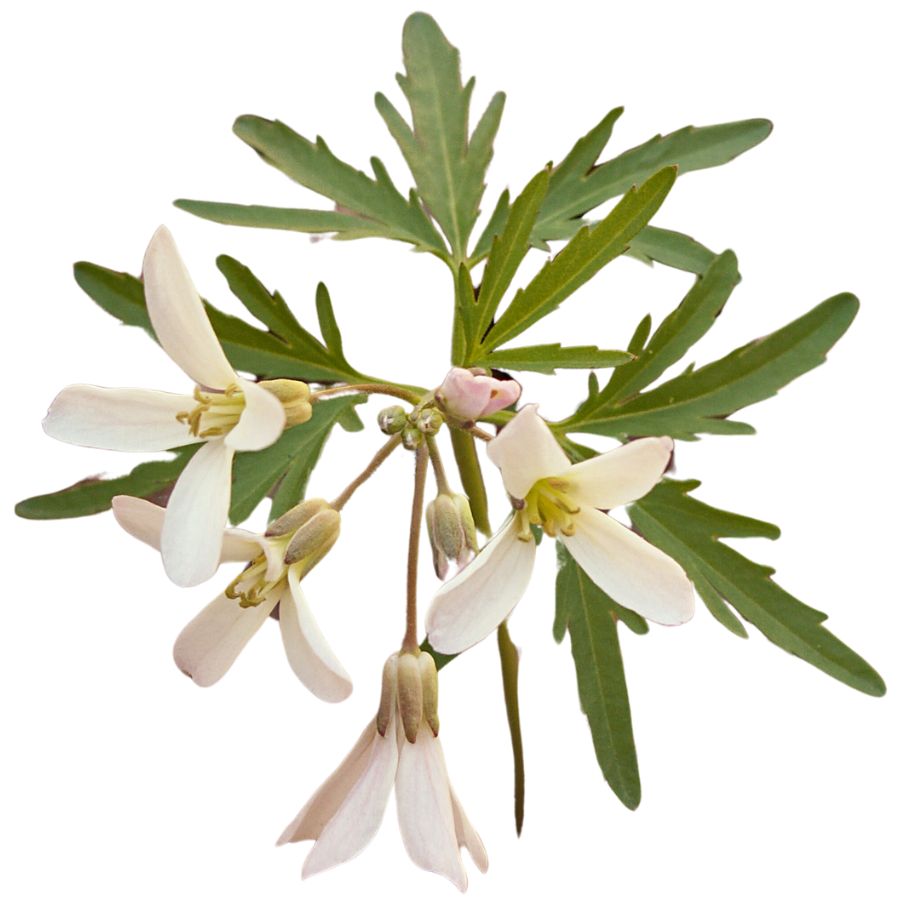
Overview
Where to Find Valuable Forageables in the State
Some parts of the state are better than others when it comes to finding valuable wild plants and mushrooms. Here are the different places where you’re most likely to have luck:
| Plant | Locations |
| Morel Mushrooms (Morchella spp.) | – Pisgah National Forest – Nantahala National Forest – Uwharrie National Forest |
| Ramp (Allium tricoccum) | – Great Smoky Mountains National Park – Pisgah National Forest – Nantahala National Forest |
| Chanterelle Mushrooms (Cantharellus spp.) | – Pisgah National Forest – DuPont State Recreational Forest – Uwharrie National Forest |
| Black Trumpet (Craterellus fallax) | – Pisgah National Forest – Nantahala National Forest – Mount Mitchell State Park |
| Hen of the Woods (Grifola frondosa) | – Uwharrie National Forest – Hanging Rock State Park – William B. Umstead State Park |
| Elderberry (Sambucus canadensis) | – Eno River State Park – Jordan Lake State Recreation Area – Lake Waccamaw State Park |
| Groundnut (Apios americana) | – Eno River State Park – Haw River State Park – Merchants Millpond State Park |
| Pawpaw (Asimina triloba) | – Eno River State Park – Hanging Rock State Park – Medoc Mountain State Park |
| American Hazelnut (Corylus americana) | – Uwharrie National Forest – Hanging Rock State Park – Pilot Mountain State Park |
| Black Walnut (Juglans nigra) | – Pisgah National Forest – Uwharrie National Forest – William B. Umstead State Park |
| Spicebush (Lindera benzoin) | – Eno River State Park – Hanging Rock State Park – Pilot Mountain State Park |
| Wild Strawberry (Fragaria virginiana) | – Blue Ridge Parkway – Mount Mitchell State Park – Stone Mountain State Park |
| Wineberry (Rubus phoenicolasius) | – Pisgah National Forest – Nantahala National Forest – DuPont State Recreational Forest |
| Black Raspberry (Rubus occidentalis) | – Pisgah National Forest – Uwharrie National Forest – Hanging Rock State Park |
| Mulberry (Morus rubra) | – Eno River State Park – Jordan Lake State Recreation Area – William B. Umstead State Park |
| American Persimmon (Diospyros virginiana) | – Eno River State Park – Medoc Mountain State Park – Uwharrie National Forest |
| Milkweed (Asclepias syriaca) | – Eno River State Park – Jordan Lake State Recreation Area – Lake Waccamaw State Park |
| Jerusalem Artichoke (Helianthus tuberosus) | – Eno River State Park – Haw River State Park – Merchants Millpond State Park |
| Hickory Nut (Carya spp.) | – Pisgah National Forest – Uwharrie National Forest – Hanging Rock State Park |
| Redbud (Cercis canadensis) | – Eno River State Park – Jordan Lake State Recreation Area – William B. Umstead State Park |
| Autumn Olive (Elaeagnus umbellata) | – Eno River State Park – Jordan Lake State Recreation Area – Lake Waccamaw State Park |
| Toothwort (Cardamine concatenata) | – Pisgah National Forest – Nantahala National Forest – Hanging Rock State Park |
When to Forage for Maximum Value
Every valuable wild plant or mushroom has its season. Here’s a look at the best times for harvest:
| Plants | Valuable Parts | Best Harvest Season |
| Morel Mushrooms (Morchella spp.) | Fruiting body (mushroom) | March – April |
| Ramp (Allium tricoccum) | Leaves and bulbs | March – May |
| Chanterelle Mushrooms (Cantharellus spp.) | Fruiting body (mushroom) | June – September |
| Black Trumpet (Craterellus fallax) | Fruiting body (mushroom) | July – October |
| Hen of the Woods (Grifola frondosa) | Fruiting body (mushroom) | September – November |
| Elderberry (Sambucus canadensis) | Flowers and berries | June (flowers), August (berries) |
| Groundnut (Apios americana) | Tubers and pods | September – November |
| Pawpaw (Asimina triloba) | Fruit | August – September |
| American Hazelnut (Corylus americana) | Nuts | August – September |
| Black Walnut (Juglans nigra) | Nuts | September – October |
| Spicebush (Lindera benzoin) | Berries and young twigs | July – October (berries), Spring (twigs) |
| Wild Strawberry (Fragaria virginiana) | Fruit | April – June |
| Wineberry (Rubus phoenicolasius) | Fruit | June – July |
| Black Raspberry (Rubus occidentalis) | Fruit | June – July |
| Mulberry (Morus rubra) | Fruit | May – June |
| American Persimmon (Diospyros virginiana) | Fruit | September – November |
| Milkweed (Asclepias syriaca) | Young shoots, flower buds, pods | April – July |
| Jerusalem Artichoke (Helianthus tuberosus) | Tubers | October – March |
| Hickory Nut (Carya spp.) | Nuts | September – October |
| Redbud (Cercis canadensis) | Flowers and young pods | March – May |
| Autumn Olive (Elaeagnus umbellata) | Fruit | September – October |
| Toothwort (Cardamine concatenata) | Rhizomes and young leaves | March – April |
One Final Disclaimer
The information provided in this article is for general informational and educational purposes only. Foraging for wild plants and mushrooms involves inherent risks. Some wild plants and mushrooms are toxic and can be easily mistaken for edible varieties.
Before ingesting anything, it should be identified with 100% certainty as edible by someone qualified and experienced in mushroom and plant identification, such as a professional mycologist or an expert forager. Misidentification can lead to serious illness or death.
All mushrooms and plants have the potential to cause severe adverse reactions in certain individuals, even death. If you are consuming foraged items, it is crucial to cook them thoroughly and properly and only eat a small portion to test for personal tolerance. Some people may have allergies or sensitivities to specific mushrooms and plants, even if they are considered safe for others.
Foraged items should always be fully cooked with proper instructions to ensure they are safe to eat. Many wild mushrooms and plants contain toxins and compounds that can be harmful if ingested.

